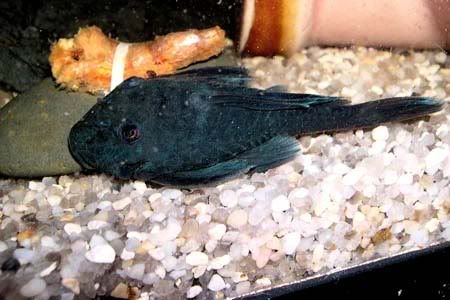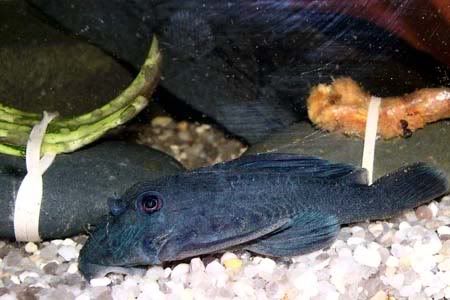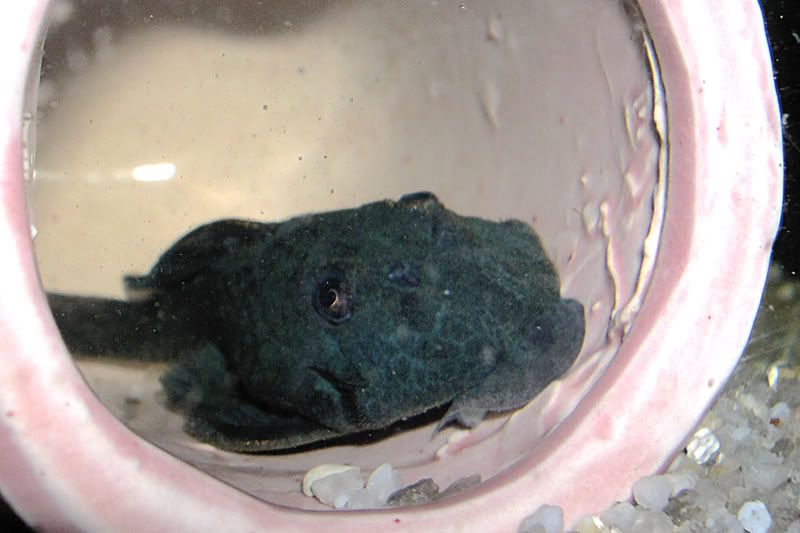Judazzz wrote:Besides L239, I haven't seen Loricarids in aquarium stores being sold under the name Panaque.
Sometimes, Hypostomus species previous known as Cochliodon are also called Panaque: it's incorrect, but at least those fish are wood-eaters.
And some ichtyologists (whether rightfully or not I don't know) have placed Scobinancistrus species within the genus Panaque, those fish aren't wood-eaters (they're primarily carnivorous).
Scobinancistrus is tentatively placed under the
Panaque label by Jon Armbruster, based on the fact that they have very similar features. Ichtyologists don't usually take feeding habits as part of the species definition. Rather, they rely on physical features such as counts of scales/scutes/plates, teeth, proportions of different body features (e.g. body-length in relation to head-length, eye-size in relation to head-length, etc). Using those type of metrics (apparently)
Scobinancistrus isn't noticably different from
Panaque.
See:
http://www.auburn.edu/academic/science_ ... naque.html
--
Mats





